May 28, 2025 | 15:12 GMT +7
May 28, 2025 | 15:12 GMT +7
Hotline: 0913.378.918
May 28, 2025 | 15:12 GMT +7
Hotline: 0913.378.918
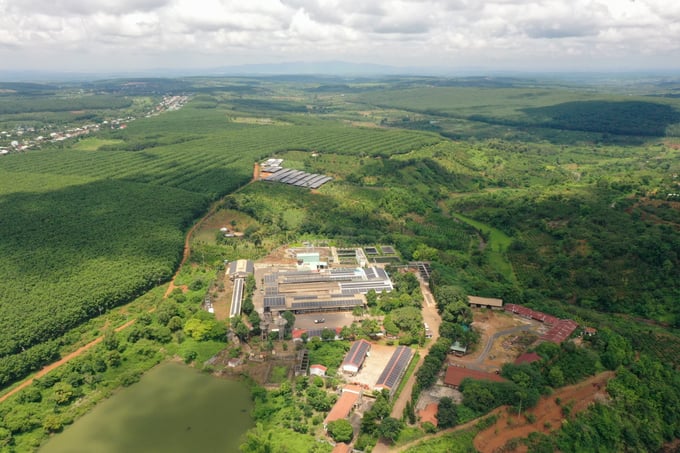
Rubber trees cover the red soil areas of the Central Highlands. Photo: Tung Dinh.
The Central Highlands region includes the entire administrative boundaries of 5 provinces: Kon Tum, Gia Lai, Dak Lak, Dak Nong, and Lam Dong.
The planning objective until 2050 is for the Central Highlands to become a sustainable development area with a green and circular economy. It aims to establish large-scale production areas for industrial crops, fruit trees, and flowers, and become a renewable energy centre for the country. It also aims to create high-quality tourist areas and attractive destinations for domestic and international tourists.
The region is envisioned to have a rich ecological space and cultural identity, preserving and developing forest ecosystems. Modern and comprehensive infrastructure will be essential in connecting the Central Highlands with major economic centres nationwide and integrating into the international economy. Cultural identity will be promoted as a foundation for development, ensuring harmonious development between economy, culture, society, and environmental protection.
The development direction for the Central Highlands is to develop highly efficient, ecological, organic, and large-scale agriculture integrated with concentrated areas applying high technology, suitable for the natural conditions of each sub-region. It will focus on developing key crops such as industrial crops (coffee, rubber, cashew, pepper, tea, strawberry, cotton, sugarcane), fruit trees (such as durian, avocado, passion fruit, rambutan, jackfruit), medicinal plants, Ngoc Linh ginseng, vegetables, temperate flowers, integrated with processing industry and market consumption, creating branded products. It will also develop concentrated areas for livestock farming, aquaculture, and coldwater fisheries (salmon, sturgeon).
Establishment of agricultural hubs linked to high-tech agricultural areas and economic corridors; efficient linkage of agricultural value chains between localities.
The Central Highlands will develop the forestry economy, improving the lives of forest workers. The forestry sector will be restructured towards sustainability, focusing on applying high technology in forestry production.
Developing the forest economy, encouraging the cultivation of productive forests in suitable areas to provide raw materials for wood processing factories; and continuing to develop sustainable raw material areas to ensure economic efficiency in the exploitation, and processing of forest products...
In terms of industry, the Central Highlands prioritizes the development of processing and manufacturing industries, industries with added value and technology content, and environmentally friendly industries associated with the region's advantages in raw materials.
Forming clusters of deep processing industries, linking clusters with sectors connected to central urban areas and economic corridors; efficient linkage with the small-scale industrial sector in the Central Coastal Region, the South Central Coast, and the Southeast.
At the same time, developing mechanical industries to serve agriculture, forestry, agro-forestry processing industries, mineral extraction, and processing, and handicrafts in the region...
The Central Highlands will develop the service sector in a mutually supportive relationship with agriculture, and industry, focusing on developing supply and consumption markets within and outside the region through regional connectivity and connectivity to major international ports.
Developing trade in harmony between tradition and modernity, suitable for the specific conditions of urban and rural markets. Promoting cross-border trade through increased investment in infrastructure at major international border gates.
Developing logistics services associated with centres, economic corridors connecting commercial activities within the region, inter-regional, and supporting the development of production industries linked to domestic and international markets. Developing eco-tourism, resort tourism, cultural tourism associated with conservation, and promotion of the cultural values of Central Highlands ethnic groups; enhancing connectivity and improving the quality of services in the value chain of unique tourism products according to key areas, associated with the cultural heritage of gongs, traditional festivals, coffee culture, and community-based tourism...
Delegates believed that the Central Highlands needs to change its mindset, perception, and approach to exploiting the region's unique advantages and find truly effective regional connectivity solutions. Only then can the Central Highlands fully leverage its potential and strengths, turning potential into dynamic energy, resources, and large reserves. At the same time, it is necessary to promote science, technology, and chain linkages in production to increase the value of products, and regional linkages in trade promotion and import-export activities on a professional scale.
According to Mr Nguyen Tuan Ha, Standing Vice Chairman of the People's Committee of Dak Lak Province, the locality has strengths in agricultural production, and industrial tree products such as coffee, rubber, pepper, cashew nuts, and honey.
Translated by Hoang Duy
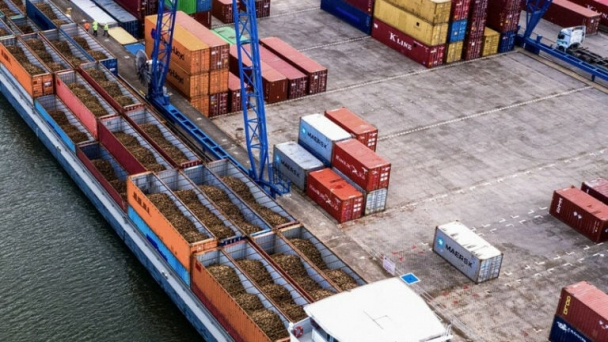
(VAN) The mutual export of agrifood products between the European Union (EU) and the United Kingdom (UK) must occur again without certification, border controls or other red tape. This was agreed at the UK-EU summit.
/2025/05/22/5121-2-173645_677.jpg)
(VAN) NBSAP Tracker identifies strengths and areas for improvement in the National Biodiversity Strategy, based on each region’s priorities and capacities.
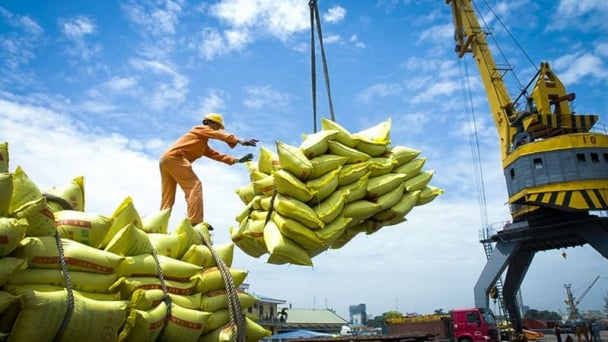
(VAN) The draft amendment to the Circular on rice export trading stipulates a periodic reporting regime for rice exporting enterprises.
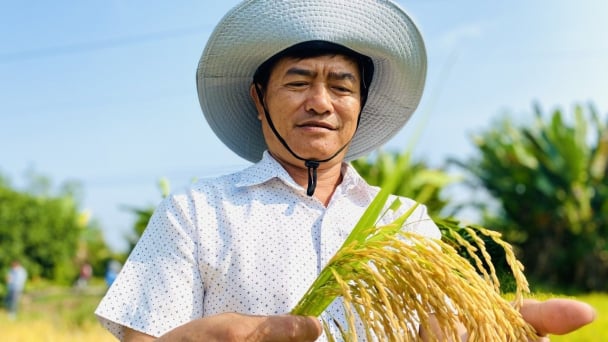
(VAN) Dong Thap farmers attained an average profit margin of 64% during the summer-autumn 2024 crop (first season), while An Giang and Kien Giang farmers followed with 56% and 54%, respectively.

(VAN) As a doctoral student doing research on renewable energy and electrification at Harvard University, the author shares his musings on electricity, nature, and countryside memories.
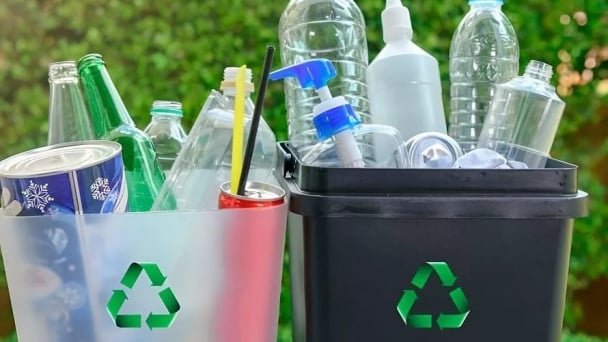
(VAN) The decree on Extended Producer Responsibility (EPR) ensures transparent management and disbursement of support funds, avoiding the creation of a “give-and-take” mechanism.

(VAN) Hue City rigorously enforces regulations regarding marine fishing and resource exploitation, with a particular emphasis on the monitoring of fishing vessels to prevent illegal, unreported, and unregulated (IUU) fishing.